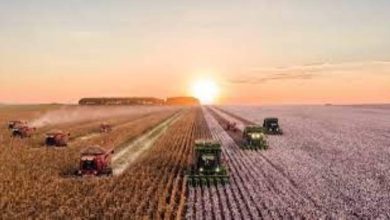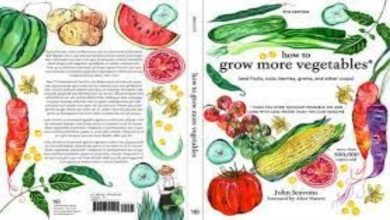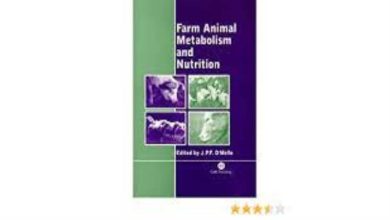
Executive summary
In a green economy, agriculture will be characterized by activities that are increasingly low carbon, resource efficient and socially inclusive. In terms of food security, this raises questions as to the world’s capacity to ensure food availability in coming decades, in relation to growing uncertainty over climate change and increasing socio-economic pressure on natural resources
Looking towards 2050, the issue of food availability is not confined only to balanced global supply and demand. Food availability also reflects overall resilience to both expected and unexpected environmental and macro-economic shocks, as well as equity within society and across regions. Indeed, a number of studies reviewed herein suggest that, regardless of the specific socio-economic and technological settings analyzed.
whether business-as-usual development paths or green development paths – food production and its underlying socio-economic and natural resource base will continue to be able to meet projected global food demand, even though regional food availability problems will still exist.
At the same time, in a world with natural and socio-economic resources becoming increasingly stressed, maintaining business-as-usual scenarios will result in production systems that are significantly less resilient to regional shocks and less socially equitable than greener development scenarios. This, in turn, will also result in more acute regional food insecurity.
Green scenarios contribute to virtuous cycles: by favouring a much more rational use of available resources, and focusing on respecting ecosystems and communities, green development will further reduce pressures in the future. To this end, this paper identifies specific technological options and funding mechanisms, including trade agreements and climate funding, which are consistent with the implementation of greener development paths in agriculture
Specifically, trends for 2050 suggest growing scarcities of agricultural land, water, forest, marine capture fishery and biodiversity resources, as well as limitations of bioavailable nutrients and non-renewable energy supply. As a result, some regions will face insufficient water and agricultural land for their growing populations.
The geographically uneven distribution of resources, and the strong dependency on and interconnectedness of scarce natural resource and risk thresholds linked to environmental limits (such as those imposed by climate change), will define food availability to households in the future.
Purpose and scope of this paper
The term food security encompasses four dimensions that cut across the supply chain: food availability, access to food, stability of food supply systems regarding availability and access, and food utilization.Please visit here for information about tamil movies mx player
This paper addresses the food availability dimension of food security Food availability is defined as adequate quantities of food of appropriate quality, supplied through domestic production or imports, including food aid. The green economy concept recognizes that an efficient, properly functioning economy is a precondition for addressing the environmental and social pillars of sustainability
In a green economy context, the food availability dimension is closely coupled with the availability and use of natural, human and economic resources, especially scarcity of natural resources. Coping with food and agricultural resource scarcities without reaching environmental limits presents a major challenge for the years to come. In addition, food availability also is closely coupled with food stability
This paper describes the challenges for continued availability of food and agricultural inputs, in the face of ecosystem and natural resources constraints. It reviews production and trade options for meeting the demands of current and future generations. First, it assesses the availability of natural resources for food and agriculture systems. Second, it analyzes food perspective studies for 2050, pointing out the preponderance of uncertainties.
Third, it assesses the characteristics of food, fibre and fuel production systems and of management performance in terms of efficiency and resilience in the future context of a green economy. Fourth, it offers trade considerations aimed at ensuring an appropriate and sustainable balance between self-sufficiency and self-reliance. Finally, the paper calls for fundamental changes and adjustments, including green technologies and investments for scaling-up ecological intensification of food and agriculture production systems





